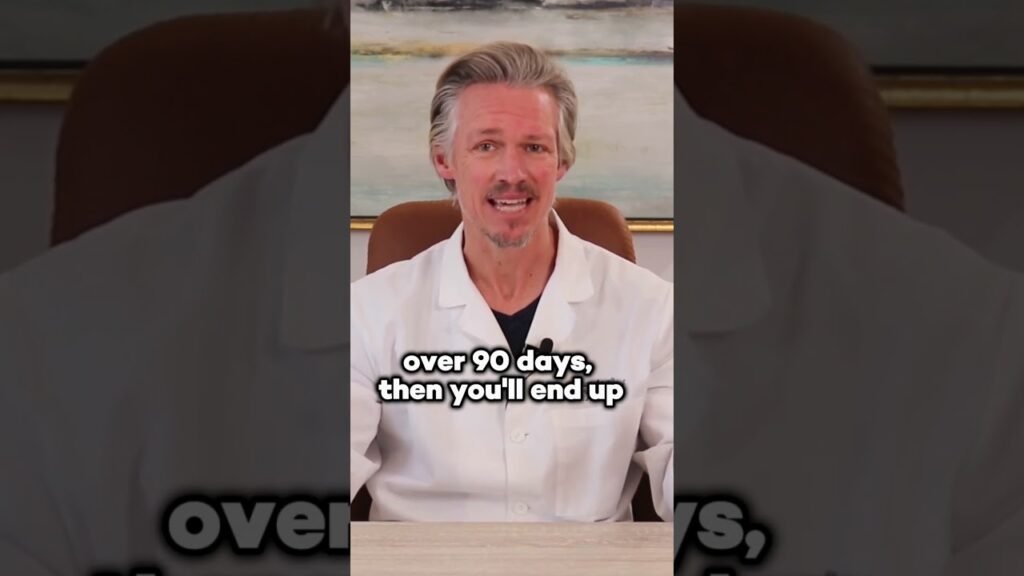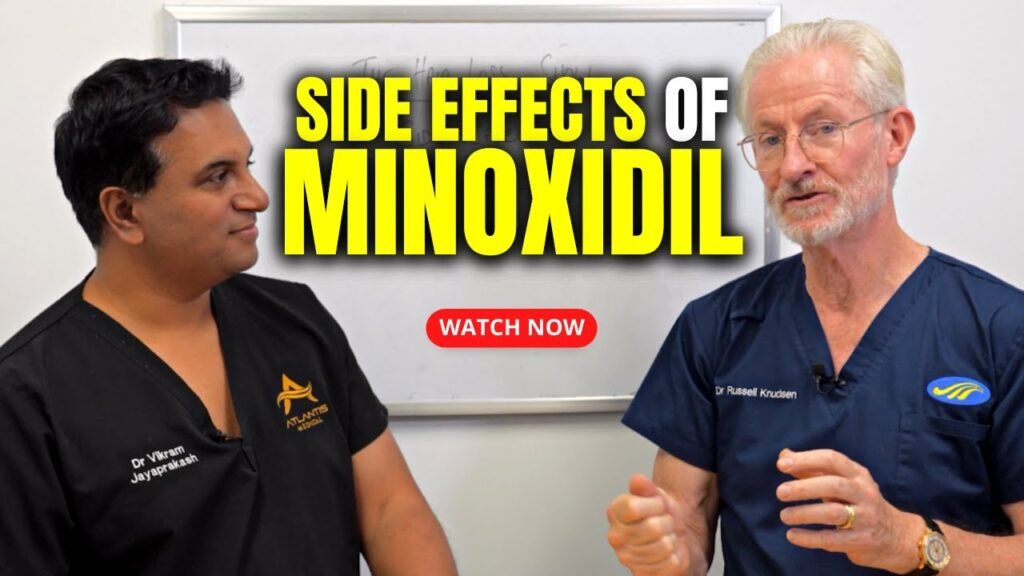Understanding Minoxidil: What Is It and How Does It Work?
Minoxidil is a topical medication primarily used for the treatment of hair loss. Originally developed as an oral medication for hypertension, it was discovered that one of the side effects was excessive hair growth. This led to the development of minoxidil as a topical solution for addressing hair thinning and baldness. It is available over-the-counter in various concentrations, typically 2% and 5%, and is marketed under several brand names, including Rogaine.
How Does Minoxidil Work?
Minoxidils exact mechanism of action in promoting hair growth is not entirely understood, but it is believed to work by partially enlarging hair follicles and prolonging the growth phase of hair. This effect helps to increase the size of hair follicles that have shrunk due to androgenetic alopecia (a common form of hair loss). By widening the blood vessels in the scalp, minoxidil improves blood flow to hair follicles, providing them with more oxygen and nutrients, which can stimulate hair growth and slow down the hair loss process.
The application of minoxidil is straightforward: it is typically applied directly to the scalp twice daily. Consistent use is crucial, as discontinuation can lead to the resumption of hair loss. Users often notice results within a few months, but it is important to maintain usage to sustain any improvements. Minoxidil is generally well-tolerated, though some users may experience side effects such as scalp irritation or unwanted facial hair growth.
Common Side Effects of Minoxidil: Dry Skin and More
Minoxidil, a popular topical treatment for hair loss, is widely recognized for its efficacy in stimulating hair growth. However, like many medications, it can come with a range of side effects. One of the most frequently reported side effects is dry skin. This occurs because minoxidil can cause the scalp to become dry and flaky, potentially leading to discomfort or dandruff-like symptoms. Users are often advised to incorporate a moisturizing routine or use specialized shampoos to combat this dryness and maintain scalp health.
Other Potential Side Effects
Aside from dry skin, there are several other side effects that users might experience. Some individuals report itching or redness at the application site. This can be due to the alcohol or propylene glycol present in some minoxidil formulations, which may irritate sensitive skin. To minimize these effects, it is recommended to apply the product as directed and avoid excessive use. Additionally, switching to a foam formulation, which often contains fewer irritants, might help reduce these symptoms.
Uncommon Side Effects
While less common, some users may experience more systemic side effects. These can include unwanted facial hair growth in women, especially if the product inadvertently spreads beyond the scalp. In rare cases, individuals may notice changes in hair texture or color, although these changes are typically temporary and resolve once the treatment is adjusted or discontinued. Its important for users to monitor their reactions to minoxidil and consult with a healthcare professional if they experience any concerning symptoms.
Signs Its Time to Stop Using Minoxidil
Minoxidil is a popular over-the-counter treatment for hair loss, but its not suitable for everyone. One clear sign that it may be time to stop using Minoxidil is the development of severe side effects. Scalp irritation, such as redness, itching, or burning, can indicate an adverse reaction to the treatment. If these symptoms persist or worsen over time, it may be best to discontinue use and consult a healthcare professional for alternative solutions.
Another indication that Minoxidil might not be the right choice is a lack of noticeable improvement after a significant period. Typically, users are advised to wait at least four to six months to see visible results. However, if there is no substantial hair regrowth or if hair loss continues at the same rate, it may be time to reassess its effectiveness for your situation. Continuous shedding or the appearance of thinner hair might suggest that Minoxidil is not the right treatment for your type of hair loss.
Unexpected systemic effects such as dizziness, rapid heartbeat, or swelling in the hands and feet could also signal the need to stop using Minoxidil immediately. These symptoms may suggest that the medication is entering the bloodstream, leading to potentially serious health risks. If you experience any of these symptoms, its crucial to seek medical advice promptly. Your healthcare provider can help determine whether Minoxidil is the cause and advise on the best course of action.
Managing Dry Skin: Tips for Minoxidil Users
Using minoxidil can be an effective way to combat hair loss, but many users encounter the side effect of dry skin. This dryness often results from the alcohol and propylene glycol present in minoxidil solutions, which can strip the skin of its natural oils. To mitigate this, its crucial to adopt a skincare routine that replenishes moisture and protects the skins barrier.
Choose the Right Moisturizer
A key strategy in managing dry skin is selecting the appropriate moisturizer. Look for products containing ingredients like hyaluronic acid, glycerin, or ceramides, which are known for their hydrating properties. These ingredients work by attracting moisture to the skin and sealing it in, helping to combat the drying effects of minoxidil. Opt for non-comedogenic formulas to prevent clogged pores, especially if youre applying minoxidil to areas prone to acne.
Incorporate a Gentle Cleanser
Cleansing is an essential part of any skincare routine, but its important to choose a gentle, hydrating cleanser when using minoxidil. Avoid products with harsh sulfates and instead opt for those with soothing ingredients like aloe vera or chamomile. These can help maintain your skins natural moisture barrier, preventing further dryness and irritation. Washing your face with lukewarm water, rather than hot, can also help in retaining skin moisture.
Additional Tips for Hydration
To further manage dry skin while using minoxidil, consider incorporating a hydrating serum into your routine. Serums with antioxidants like vitamin E can provide an extra layer of protection and nourishment. Additionally, ensure youre drinking enough water throughout the day, as hydration from within can significantly impact skin health. Finally, consider using a humidifier in your home to add moisture to the air, which can alleviate dryness not just on your skin, but also in your nasal passages and throat.
Consulting a Dermatologist: Making the Right Decision About Minoxidil
When considering the use of minoxidil for hair loss treatment, consulting a dermatologist can be a crucial step in ensuring the right decision is made for your specific condition. Dermatologists are experts in skin and hair health, and they can provide personalized insights into whether minoxidil is the best option for you. They can evaluate the cause and extent of your hair loss, discuss potential side effects, and recommend the appropriate concentration of minoxidil or alternative treatments tailored to your needs.
Understanding Your Hair Loss Condition
A dermatologist can help identify the underlying cause of your hair loss, whether its genetic, hormonal, or due to other health issues. This understanding is essential because minoxidil is most effective for certain types of hair loss, such as androgenetic alopecia. By consulting a dermatologist, you can avoid the trial-and-error approach and get a professional assessment of your condition. This assessment helps in determining if minoxidil will be beneficial or if other treatments should be considered.
Discussing Potential Side Effects and Usage
While minoxidil is a popular over-the-counter treatment, it can have side effects such as scalp irritation or unwanted facial hair growth. A dermatologist can discuss these potential side effects with you and provide guidance on how to mitigate them. Additionally, they can instruct you on the proper application technique and frequency to maximize results while minimizing adverse effects. This professional guidance ensures that you use minoxidil safely and effectively, enhancing your chances of achieving the desired outcome in your hair restoration journey.


